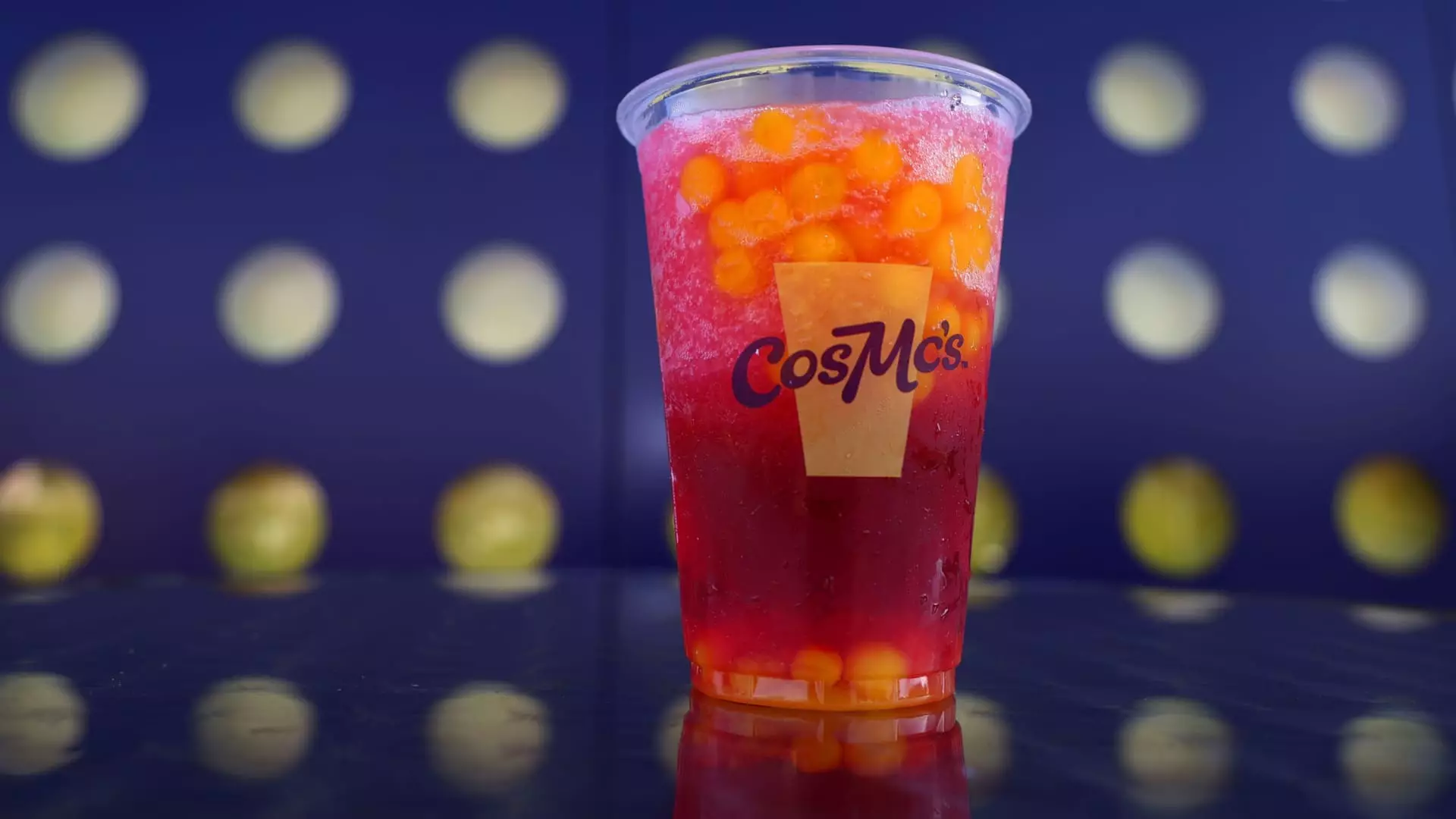In an age where consumer expectations are more vibrant than ever, fast-food chains are pivoting sharply toward innovative beverages in a bid to captivate younger audiences. Gone are the days when a simple soda was sufficient to complement a meal; instead, restaurants are now dipping into a colorful palette of exotic flavors and sweet concoctions designed to catch the eye and entice the palette. The delightful Pineapple Dragonfruit drinks at Chick-fil-A, Taco Bell’s new Live Mas Café experience, and McDonald’s drinks-centric spinoff, CosMc’s, exemplify this trend. Each of these chains is striving for the dual objective of enticing sales and maximizing profit margins by crafting drinks that look just as good in photographs as they taste.
They are not merely expanding their beverage menus; they’re fusing fun with flavor. Market research highlights this movement, reporting a clear trend in diverse offerings such as flavored iced coffees, tropical lemonades, and artisanal refreshers. This creative revolution isn’t just a fad; it signals a profound understanding of the Gen Z consumer, known for their adventurous taste buds and willingness to explore novel experiences.
Tapping into the Adventurous Spirit of Generation Z
What makes this beverage boom even more fascinating is its alignment with the preferences of Generation Z. Unlike their predecessors, who may have gravitated toward traditional sodas and reliable flavors, today’s younger consumers are eager to embrace experimentation. Think color-changing butterfly pea drinks and unique concoctions like ube-flavored beverages. As consulting expert Michael Parlapiano suggests, the adventurous nature of Gen Z consumers opens the door wide for fast-food chains to dive headfirst into uncharted territories of flavor exploration.
There’s a palpable excitement in the air as chains take note of the flourishing market for bubble tea and “dirty” sodas, which have become cultural sensations. Even established giants, who traditionally leaned into conservative flavor profiles, have now jumped on the bandwagon. Wendy’s, for example, has found success in their fruit-infused lemonades, merging unexpected flavors like blueberry pomegranate and pineapple mango, all while appealing to a more diverse consumer base.
Measuring the Sweetness of Sales and Profitability
From a financial lens, the allure of beverages is even more compelling for restaurant chains. Beverages tend to have higher profit margins compared to food items, a reality that countless fast-food operators are only starting to grasp. As El Pollo Loco’s CEO, Liz Williams, notes, the emphasis is shifting away from carbonated sodas towards innovative drinks that can retain customer interest. With drinks that feature appealing aesthetics and unique flavors, chains can charge a premium price while enhancing customer experience.
This understanding isn’t just tacit; it’s a cornerstone of the operational strategies of these establishments. The simplicity of adding a new syrup flavor or creating a trending drink minimizes labor costs while maximizing customer satisfaction. Fast-food chains like Wendy’s are keenly aware that beverages are not just add-ons; they represent a significant opportunity to escalate order sizes and frequency.
Understanding Health Trends and Preferences
However, the sweet allure of sugary drinks doesn’t come without scrutiny. Generation Z consumers appear acutely conscious of the sugar content in their refreshing choices, yet they are embracing a culture where sugar-laden treats are considered just another guilty pleasure. Trend analysts suggest that this “little treat” mentality—where indulgence is balanced against the backdrop of lifestyle choices—positions these drinks as perfect indulgences in moderation.
Interestingly, this generation finds itself boldly navigating between health consciousness and sweet indulgence. Trendologist Claire Conaghan points out this unique dichotomy: younger consumers know their drink preferences are often brimming with sugar, yet they are unfazed. This dual acceptance opens the door for restaurants to push boundaries and test the waters with even more innovative options.
Aligning Business Strategies with Drink Innovations
The economic opportunity in the beverage sector has not gone unnoticed. Companies like Taco Bell are actively strategizing to capitalize on this trend, even projecting ambitious revenue targets—a $5 billion beverage business by 2030, to be precise. Their innovative Live Mas Café concept is designed to showcase over 30 drink options, illustrating the seriousness of this endeavor. This move isn’t just business; it’s a commitment to redefine consumer cravings while fostering brand loyalty.
The degree of success seen with new menu items reinforces the idea that beverages are evolving into a central focus rather than an afterthought. Even when chains like Taco Bell undertake experimental flavors inspired by their menu items—think cream-infused Baja Blast—they’re not just following a trend; they’re helping define it.
The interplay of creativity and awareness in responding to younger consumers’ desires reveals that the beverage revolution in fast-food isn’t merely about sales or trendy flavors—it’s fundamentally about connecting with an audience that demands uniqueness. As chains continue to innovate drinks that resonate, they not only meet consumer desires but redefine the relationship between fast food and personal enjoyment alongside profitable ventures.


Leave a Reply